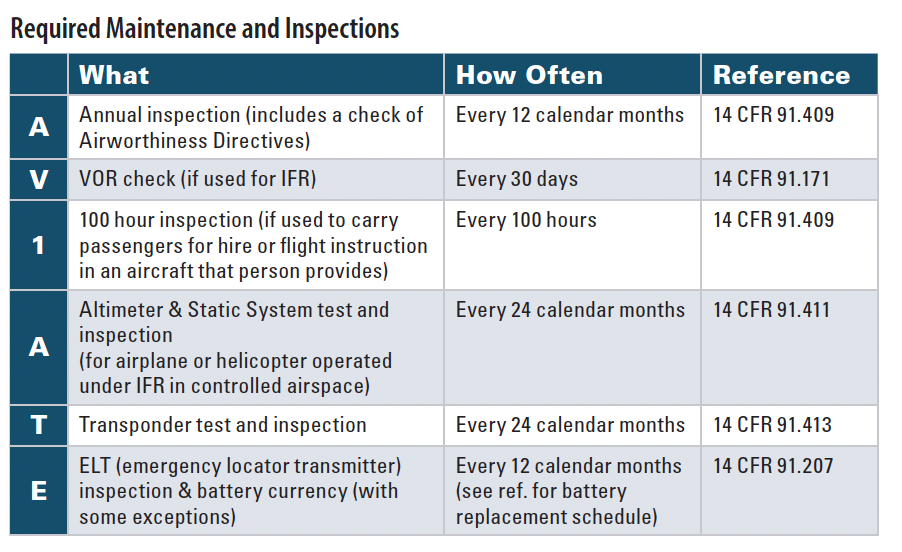Timing is Everything
Life events at the end of 2021 impeded my longstanding habit of reading at least one book every month. But I am trying to get back in the groove with a tome on time: specifically, David Rooney’s “About Time: A History of Civilization in Twelve Clocks.” I can confirm that Rooney’s book lives up to its marketing as “a captivating, surprising history of timekeeping and how it has shaped our world.”
Like most aviation aficionados, I can channel just about any subject into something related to flying. So too with a book on time. There are plenty of examples of how the measurement of time organizes, regulates, and even tyrannizes our lives. We probably don’t even notice most of them.
If, however, you are an aircraft owner, operator, or maintainer, timing really is everything when it comes to safe (and legal) operations. We have explored some of these topics in this issue of FAA Safety Briefing magazine but let me close with just a few of the timing topics of special importance.
Aging Aircraft
New aircraft are everywhere, but a substantial portion of the legacy general aviation (GA) fleet continues to age. That leads to obvious questions about whether a geriatric airplane can safely continue to operate. Aging can also affect more modern construction materials and methods. Key questions include: Where has the aircraft been geographically? Has it been hangared? Was it flown in any special or severe usage capacity?
Working with industry, the FAA has devoted considerable time and resources to evaluating age-related issues, as well as key factors for mitigating the effects of aging in GA aircraft. Check out the resources listed in the Learn More section. In addition, an FAA-sponsored website (aginggeneralaviation.org) provides access to type-specific aging aircraft maintenance information.
Maintenance and Inspections
An oil change is a good example of maintenance required (or at least recommended) on the basis of cumulative operations. Except for new engine break-in periods, which carry their own manufacturer-recommended intervals, my former flying club generally planned oil changes for every 50 hours of flying time.
Whether you own, rent, or participate in a joint ownership arrangement, you are obligated to verify that the aircraft you are about to fly is legally airworthy (it conforms to its type design and is safe to fly). Since most of these events are driven by cumulative operations or calendar dates, awareness of the appropriate timing is also important when it comes to aircraft maintenance and inspection requirements.
Inspections tend to be required by regulation and thus tied more closely to the calendar than to operating intervals. The Required Maintenance and Inspections chart uses the “AV1ATE” acronym to summarize the more common calendar-driven inspection intervals.
Bear in mind, though, that inspection methods and techniques may change or require “special attention” inspections as an airplane ages. (FAA Safety Briefing – MarApr 2022)

